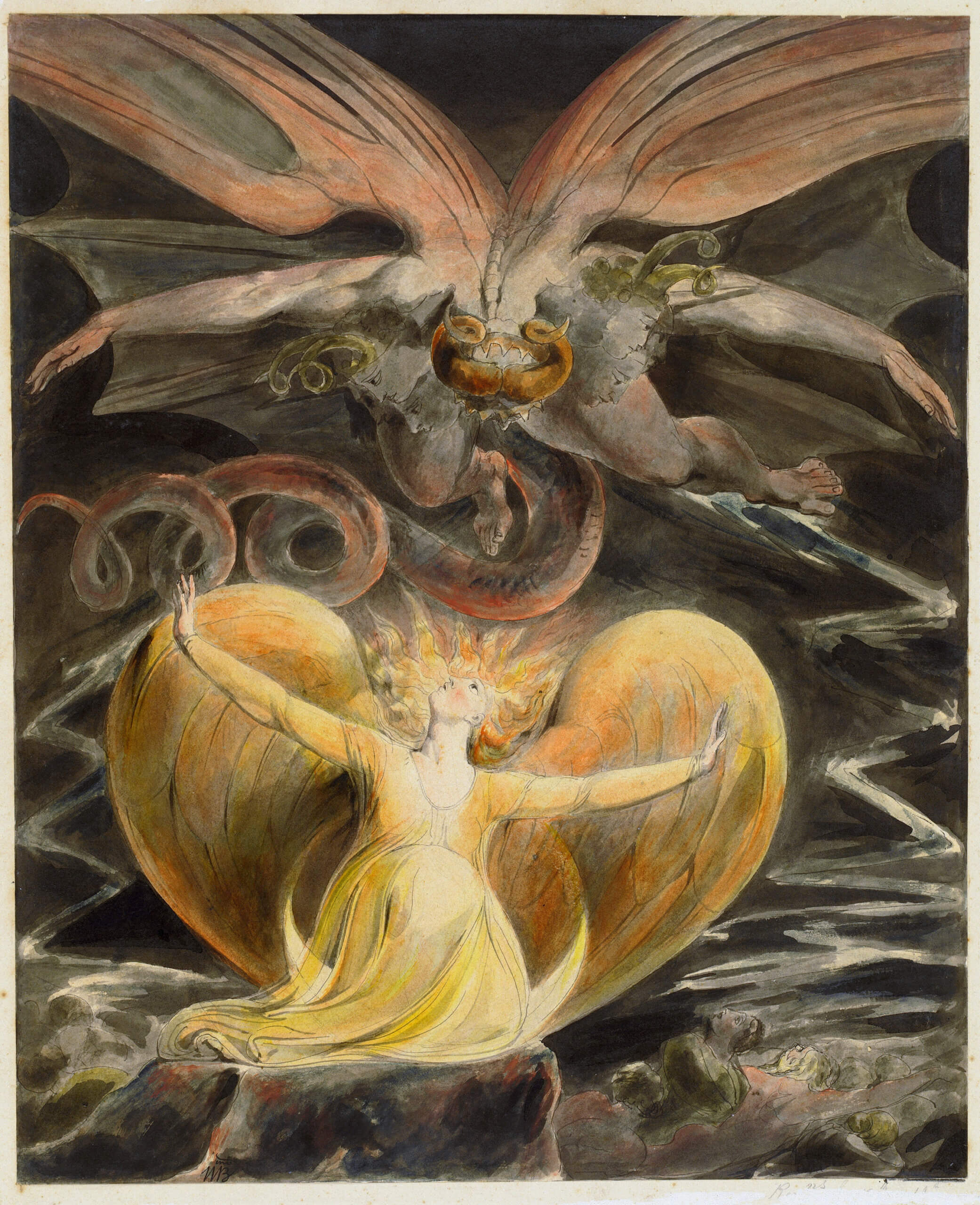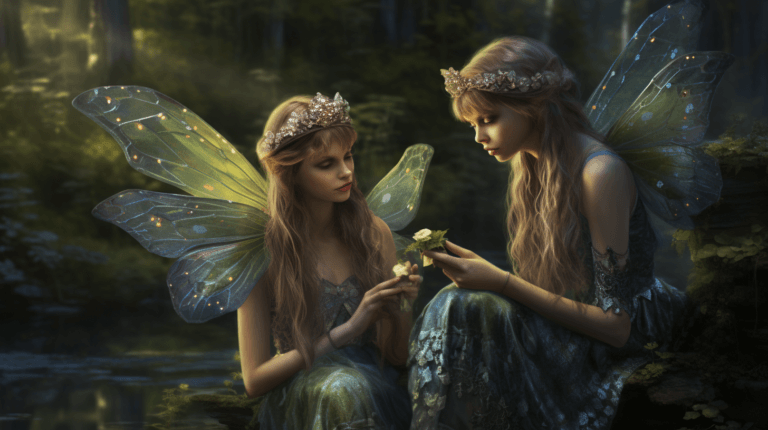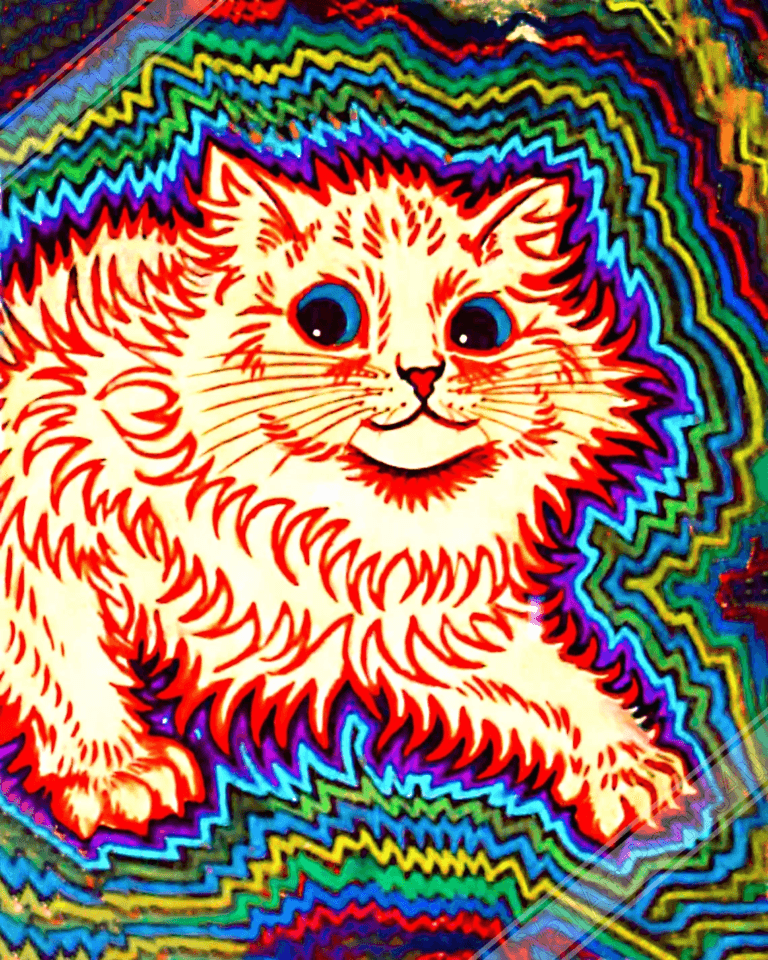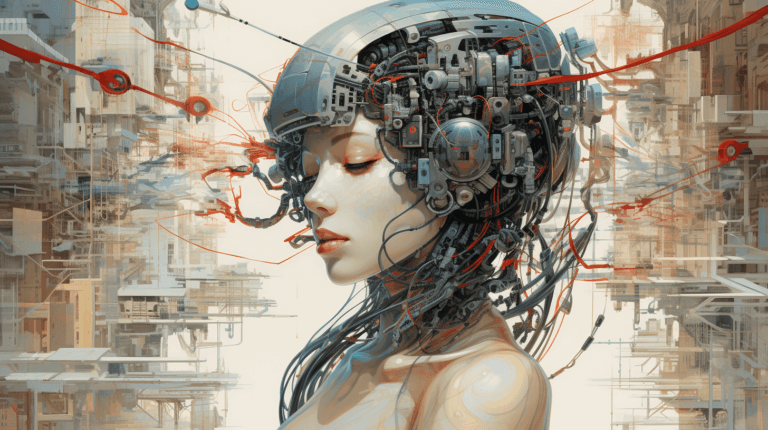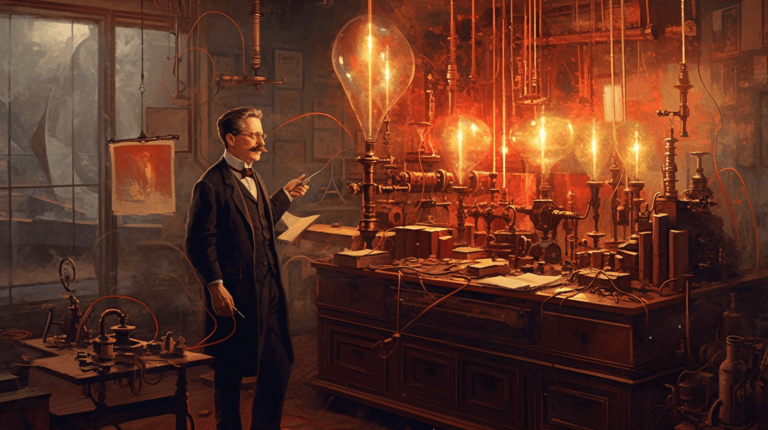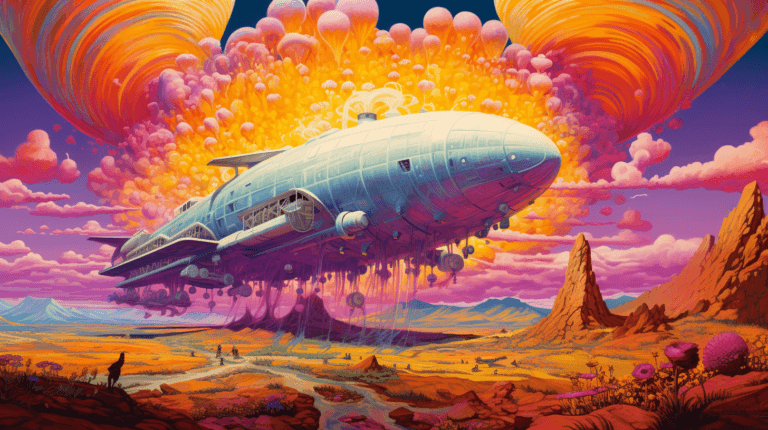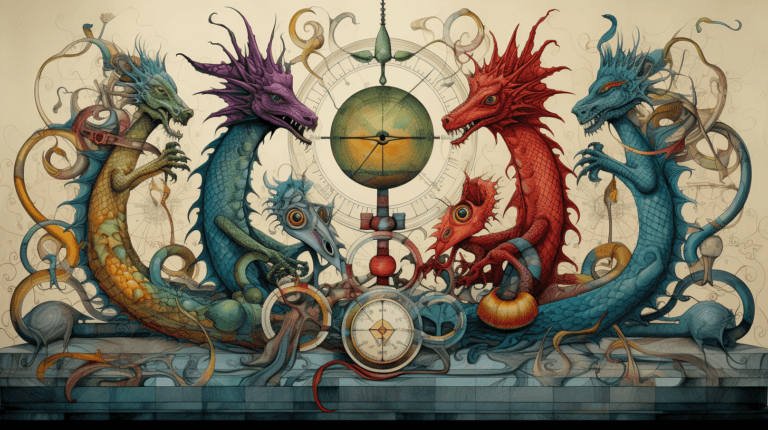Illuminating the Shadows: Exploring the Top 20 Occult Painters of All Time
Throughout history, art has served as a powerful medium for expressing the human experience, encompassing various themes and movements. Among these, occult art stands out as a unique and enigmatic genre, captivating audiences with its mystical symbolism and esoteric narratives. This article delves into the depths of artistic expression and unveils the top 20 occult painters of all time, their contributions to the genre, and the indelible mark they left on the art world.
- Hieronymus Bosch (1450-1516): Regarded as one of the pioneers of occult art, Bosch’s paintings such as “The Garden of Earthly Delights” and “The Temptation of Saint Anthony” showcase nightmarish and surreal scenes, depicting the struggle between good and evil, and the intricacies of the human psyche.
- William Blake (1757-1827): Blake’s visionary art and poetry delved into spiritual realms, incorporating themes of mysticism and the occult. His works, like “The Ancient of Days” and “The Great Red Dragon and the Woman Clothed in Sun,” are imbued with symbolic imagery and profound metaphysical concepts.
- Francisco de Goya (1746-1828): Although not strictly an occult painter, Goya’s later works, particularly the “Black Paintings,” reveal a dark and macabre fascination with the supernatural. Pieces like “Saturn Devouring His Son” and “Witches’ Sabbath” explore themes of witchcraft and the horrors of the human psyche.
- Austin Osman Spare (1886-1956): Spare, an influential British occult artist, developed his unique system of magical symbolism known as “siderealism.” His intricate drawings and paintings, infused with mysticism and eroticism, embody the esoteric exploration of the subconscious mind.
- Salvador Dalí (1904-1989): Dalí’s surrealist artworks possess an otherworldly quality, blending dreamlike imagery with occult symbolism. Pieces such as “The Persistence of Memory” and “The Elephants” challenge reality and invite viewers into a realm where the ordinary meets the extraordinary.
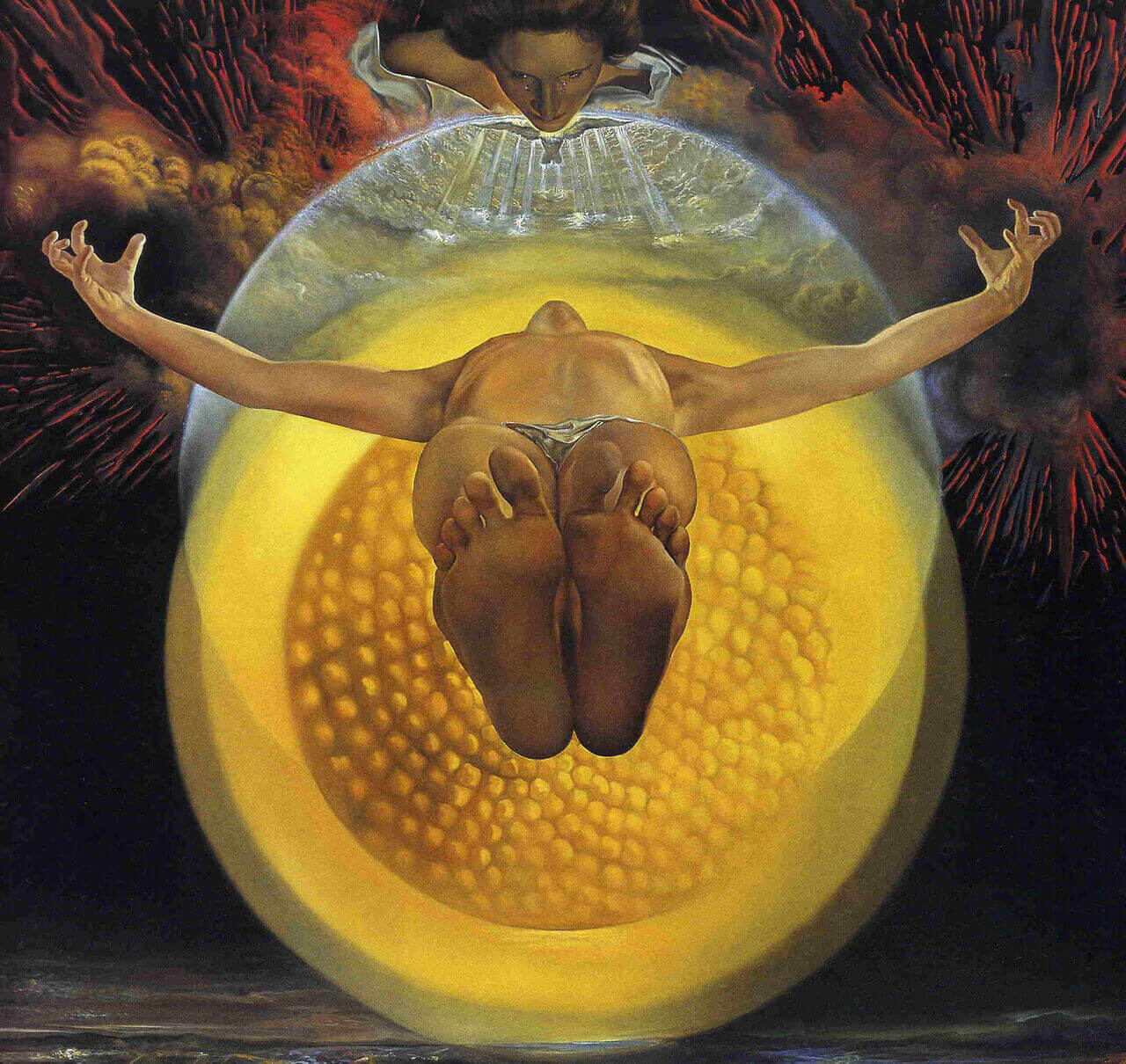
- Leonora Carrington (1917-2011): Carrington, a key figure in the Surrealist movement, infused her art with elements of the occult and mythology. Her paintings, such as “The Pomps of the Subsoil” and “The Lovers,” explore the transformative power of the feminine and the subconscious.
- Remedios Varo (1908-1963): Varo’s enigmatic paintings merge science, alchemy, and occult symbolism. Her works, like “The Creation of the Birds” and “The Lovers,” delve into the mysteries of the universe and the interconnectedness of all things.
- Ernst Fuchs (1930-2015): Fuchs, a prominent Austrian artist and co-founder of the Vienna School of Fantastic Realism, embraced mystical and occult themes in his art.
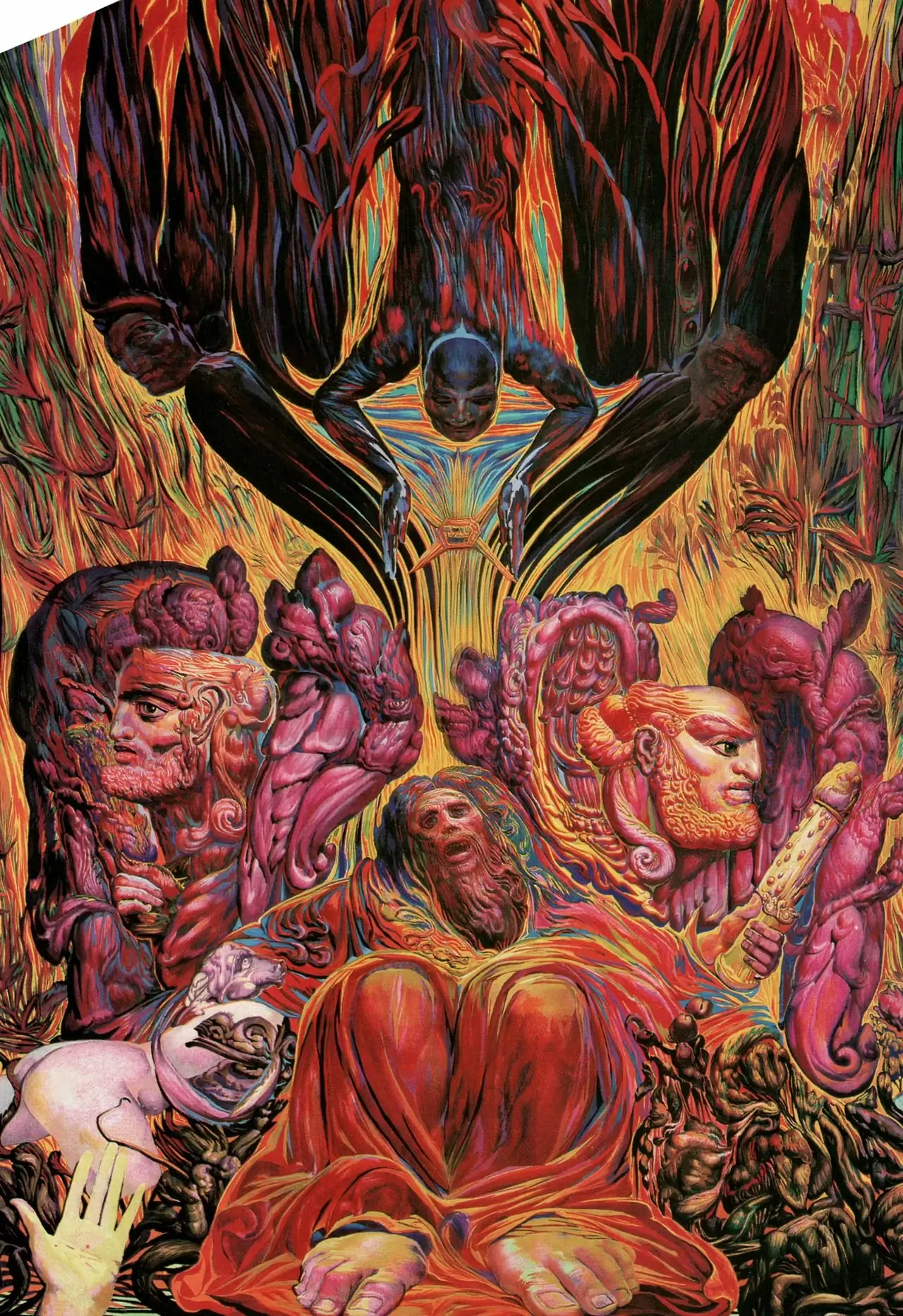 His intricate and vibrant paintings, such as “The King’s Fool” and “The Alchemist,” transport viewers into magical realms where spirituality and fantasy converge.
His intricate and vibrant paintings, such as “The King’s Fool” and “The Alchemist,” transport viewers into magical realms where spirituality and fantasy converge. - Leonor Fini (1907-1996): Fini’s captivating art draws inspiration from the occult, mythology, and the feminine. Her works, including “The Sphinx” and “The Wheel of Fortune,” explore themes of transformation, sexuality, and the hidden depths of the subconscious.
- Pamela Colman Smith (1878-1951): Smith’s illustrations for the Rider-Waite Tarot deck have become iconic and influential in the world of occult art. Her intricate and evocative images, such as the “Nine of Swords” and the “Death” card, continue to inspire artists and readers alike.
- Ithell Colquhoun (1906-1988): Colquhoun, a British painter and writer, delved into occult themes, particularly in her later works. She explored magical symbolism and ritual practices, as seen in her paintings like “Sculpture I – The Guardian” and “Sephiroth.”
- Rosaleen Norton (1917-1979): Norton, often referred to as the “Witch of Kings Cross,” embraced the occult and alternative spirituality in her art. Her paintings, characterized by their vivid and often erotic imagery, explore the intersection of magic, mythology, and the human experience.
- H.R. Giger (1940-2014): Giger, renowned for his dark and biomechanical style, infused his art with occult undertones.
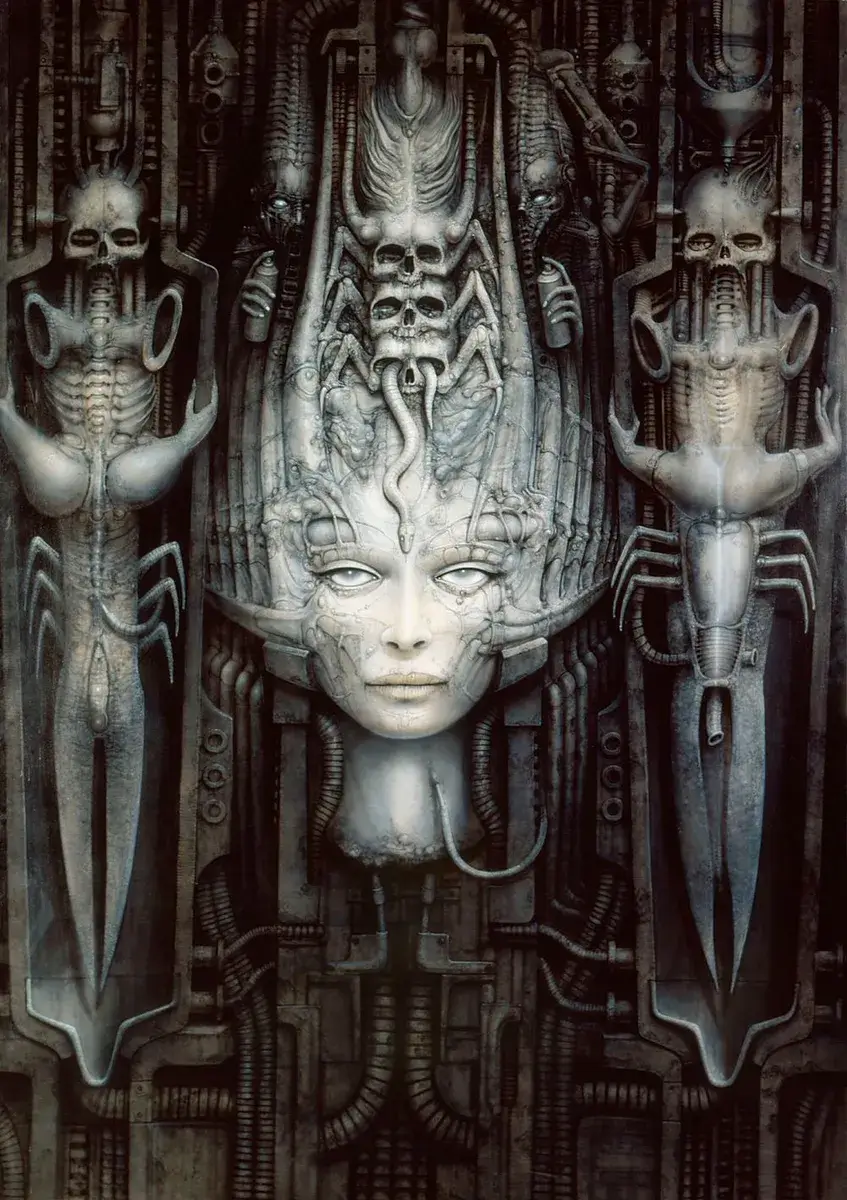 His most famous creation, the “Xenomorph” from the “Alien” film series, embodies a blend of horror, eroticism, and otherworldly mystique.
His most famous creation, the “Xenomorph” from the “Alien” film series, embodies a blend of horror, eroticism, and otherworldly mystique. - Alejandro Jodorowsky (b. 1929) Jodorowsky’s artistic endeavors encompassed various mediums, including film, theater, and graphic novels. His visionary works often explored mysticism, metaphysics, and spiritual transformation.
- Hilma af Klint (1862-1944): Considered a pioneer of abstract art, af Klint’s works were deeply influenced by her involvement with spiritualism and Theosophy. Her groundbreaking paintings, such as “The Ten Largest” series and “The Swan,” delve into metaphysical realms and spiritual dimensions.
- Johfra Bosschart (1919-1998): Bosschart, a Dutch painter, specialized in esoteric and visionary art. His detailed and symbol-rich paintings, like “The Wheel of Time” and “The Zodiac,” portray the interplay between spirituality, astrology, and mythology.

- Aleister Crowley (1875–1947) : Crowley, who needs no introduction to anyone who reads my blog regularly, has never been as well known for his artistic pursuits as for his magickal writing. However, based on diaries, photographs and catalogs, it is believed that Aleister Crowley produced some 300 works of art, sadly, only a fraction of which have survived.
- Marjorie Cameron (1922-1995): Cameron, an American artist and occult practitioner, delved into esotericism, magic, and the occult in her paintings. Her vibrant and psychedelic works, including “The Black Egg” and “The Bride,” blend mysticism, sexuality, and the transcendent.
- Jean Delville (1867-1953): Delville, a Belgian symbolist painter, explored occult and mystical themes in his art. His works, such as “The Treasures of Satan” and “The Sirens,” evoke a sense of spiritual longing and the eternal struggle between light and darkness.
- Frantisek Kupka (1871-1957): Kupka, a Czech painter, dabbled in symbolism and occultism, particularly during his later years. His abstract and metaphysical works, such as “The Yellow Scale” and “The Creation in the Plastic Elements,” reflect his interest in spiritual and cosmic concepts.
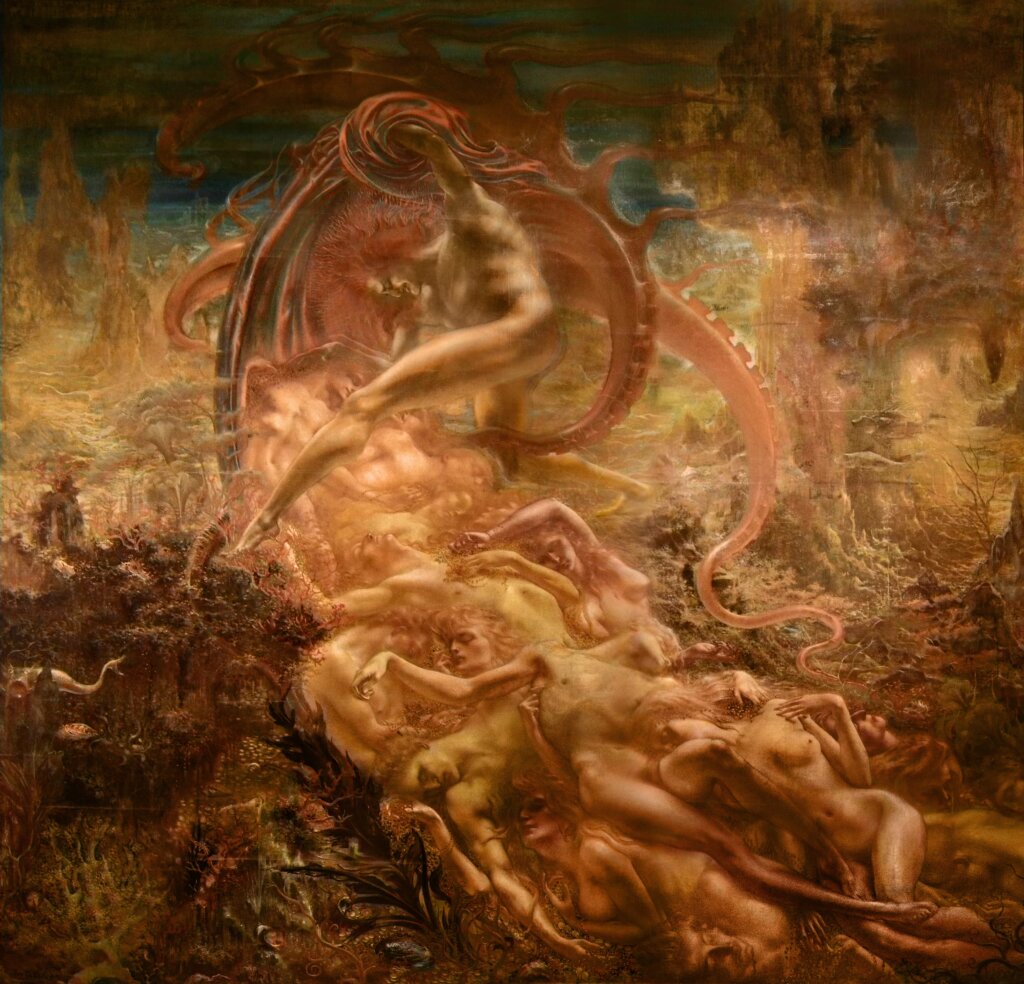
Conclusion:
The realm of occult art transcends the boundaries of traditional artistic expression, delving into the mysteries of the unseen and the arcane. The top 20 occult painters discussed in this article have fearlessly embraced the mystical and the esoteric, creating works that challenge our perception of reality and invite us to explore the depths of the human experience. Through their art, they have left an indelible mark on the art world, inspiring generations of artists to unravel the enigmatic and delve into the shadows of the occult.
